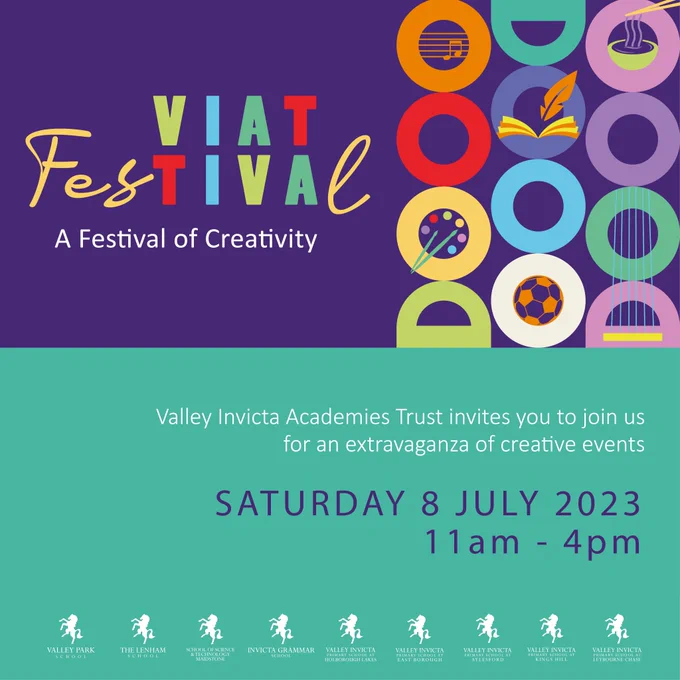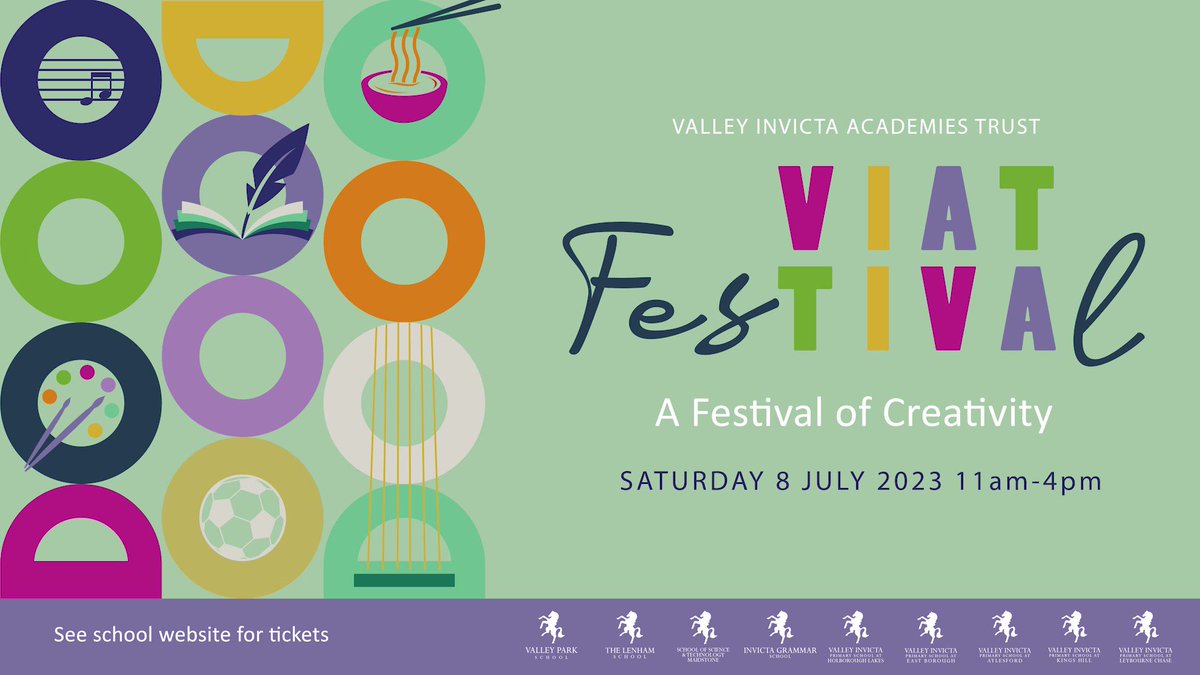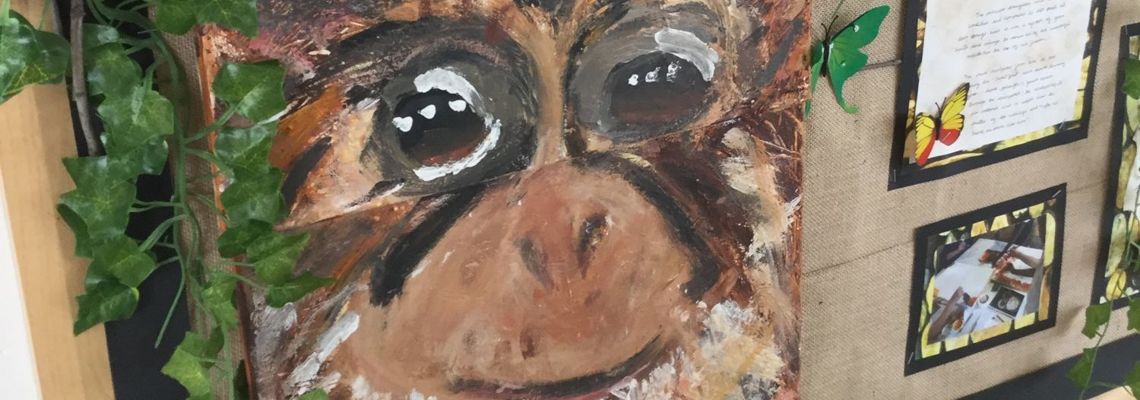Download our FREE smartphone app today!
Art and Creativity
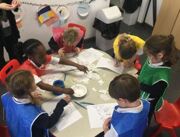
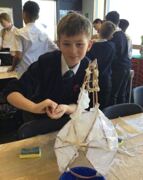
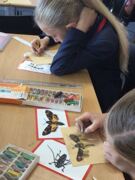
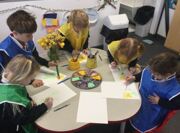

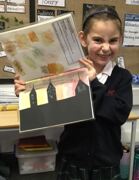

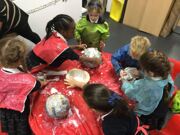
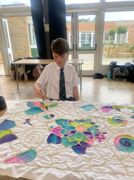
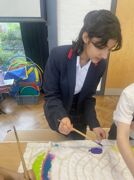
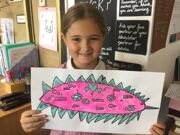
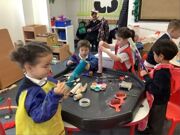
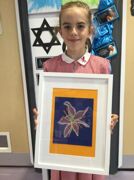
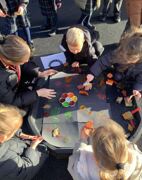
At Valley Invicta Primary School at Holborough Lakes our curriculum offers an exciting and broad range of arts projects for our children to explore.
We place a high value on Art as one of the most important forms of human creativity. We recognise that Art should engage, inspire and challenge pupils whilst equipping them with the knowledge and skills to experiment, invent and create their own masterpieces. Through teaching and learning about great artists and designers,from around the world,old and new, our pupils will know how art and design both reflect and shape our history, and contribute to the culture, creativity and wealth of the world in which they live. Children with a particular aptitude for Art are identified and provided with challenges and links with artists to further their skills and interests.
Art learning is recorded in sketchbooks across the school. Children are encouraged to use these creatively. Each child is unique, and each sketchbook should be unique, enabling children to develop their independence and creativity.
Teachers assess children’s knowledge, understanding and skills in Art by making observations of the children working during lessons and by giving verbal feedback. Q-Matrix questions are devised to deepen knowledge and understanding and form an important part of formative assessment. Low-steaks knowledge checks are used to revisit key facts to help children retain information about art movements, artists, craftworkers and techniques.
Children and teachers use green and pink highlighters to identify which steps to success the children have mastered. This identifies whether more time or support is needed to complete tasks or deepen understanding.
Children are encouraged to be critical of their own work and that of others through reflective self and peer evaluations. Teachers celebrate the learning journey that the children have experienced and the final outcome with a short, written statement.
Assessment
Art knowledge gathering and learning are collected and recorded in sketchbooks from year 1 to year 6. Children are encouraged to use these creatively. Each child is unique; sketchbooks reflect this as children develop their independence and creativity.
Teachers assess children’s knowledge, understanding and skills in Art by making observations of children working and by giving verbal feedback. Q-Matrix questions are devised to deepen understanding, forming an important part of formative assessment. Hinge questions ensure that children are ready to make progress and low-stakes retrieval practice are used to revisit key facts to help children retain information about art movements, artists, craftworkers and techniques.
Children and teachers use green and pink highlighters to identify which steps to success the children have mastered. This identifies whether more time or support is needed to complete tasks or deepen understanding.
Children are encouraged to be critical of their own work and that of others through reflective self and peer evaluations. Teachers celebrate the learning journey that the children have experienced and the final outcome with a short, written statement.
Progression in Vocabulary - Art
We are thrilled to have now achieved the Artsmark Gold Award, as awarded by Arts Council England.
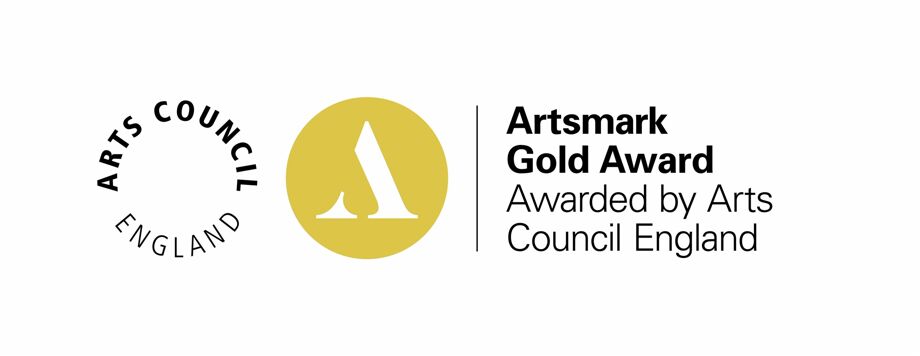
The Artsmark Award is the only creative quality standard for schools, accredited by Arts Council England. It supports schools to develop and celebrate arts and cultural education, putting creativity and wellbeing at the heart of the curriculum. Artsmark ensures every young person can be creative and access a diverse, high-quality cultural education.
Curriculum Intent, Implementation and Impact
Intention:
- To build an Art curriculum which develops learning and results in pupils knowing more and remembering more.
- To have an understanding and appreciation of art and how and why it is made.
- To develop the skills and flair needed to express their ideas and produce intended outcomes in their own art work.
Implementation:
- We have a clear, comprehensive and cross-curricular scheme of work in line with the National Curriculum. Teaching and Learning shows progression across all key stages within the strands of Art.
- Children have access to key knowledge, language and meanings in order to understand and readily apply this to their practical work in Art.
- Children are exposed to work by artists and craftworkers who will inspire them and enable them consider and experiment with a range of techniques, compositions and dimensions.
- Teachers demonstrate techniques and provide opportunities for children to explore these using a range of media.
- Children collect their ideas, research, experimentation and designs in their own sketchbooks.
- Work is produced, evaluated, celebrated and displayed to the highest standard.
Impact:
- Children will achieve age related expectations in Art at the end of their academic year.
- Children will retain knowledge about their focus artists for each unit of work and speak about them with confidence.
- Children will understand what being an ‘artist’ means.
- Children will be able to articulate their preferences with reasons and respect that art is subjective.
- Children will understand that being an artist takes determination and perseverance.
- Children will be able to express their ideas through art and produce their intended outcomes.




